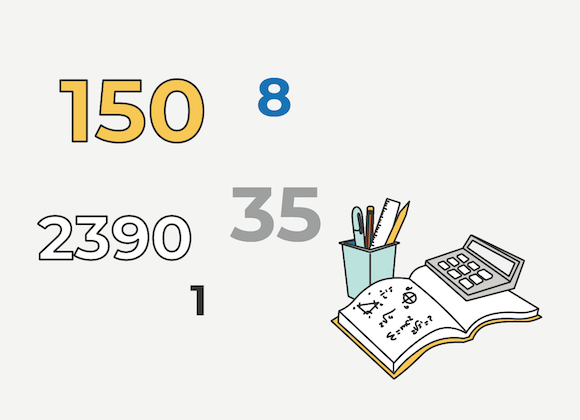All You Need to Know About Numbers in Chinese
Numbers play an important role in all languages. Chinese people are very superstitious about numbers. For instance, “4” is considered the most inauspicious number as it sounds similar to the word “死” “(sǐ), which means “to die”. However, we are not going to talk about number-related superstition today, what we would like to teach you is how to express three “number-related forms”: decimals, fractions and percentage.

1. Decimals
The key word you need in order to express decimals is 点 (diǎn), which means “point”. The way you’re supposed to read decimals (including the word order) in Chinese is exactly the same as how you read them in English.
EXAMPLES:
三点二
sān diǎn èr
3.2
五点八
wǔ diǎn bā
5.8
十七点六
shíqī diǎn liù
17.6
2. Fractions
When it comes to expressing fractions in Chinese, what you need to bear in mind is that the denominator comes before the numerator, and they are separated by the word 分之 (fēn zhī), which can be treated as the slash.
EXAMPLES:
七分之三
qī fēn zhī sān
3/7
三分之二的学生是中国人。
Sān fēn zhī èr de xuéshēng shì Zhōngguórén.
2/3 of the students are Chinese.
3. Percentage
When it comes to percentage, the denominator is always 100, which is 一百 (yī bǎi). The structure that can be applied to fractions also works for percentage.
EXAMPLES:
百分之二十
bǎi fēn zhī èrshí
20/100 = 20%
百分之六十五
bǎi fēn zhī liùshíwǔ
65/100 = 65%
百分之百
bǎi fēn zhī bǎi
100/100 = 100%
我百分之百确定他会说中文。
Wǒ bǎi fēn zhī bǎi quèdìng tā huì shuō Zhōngwén.
I’m one hundred percent sure that he can speak Chinese.
We hope this post will be useful. To find out more interesting phrases and questions in Chinese, check out one of our blog posts 5 Small Talk Phrases in Chinese









0 Comments